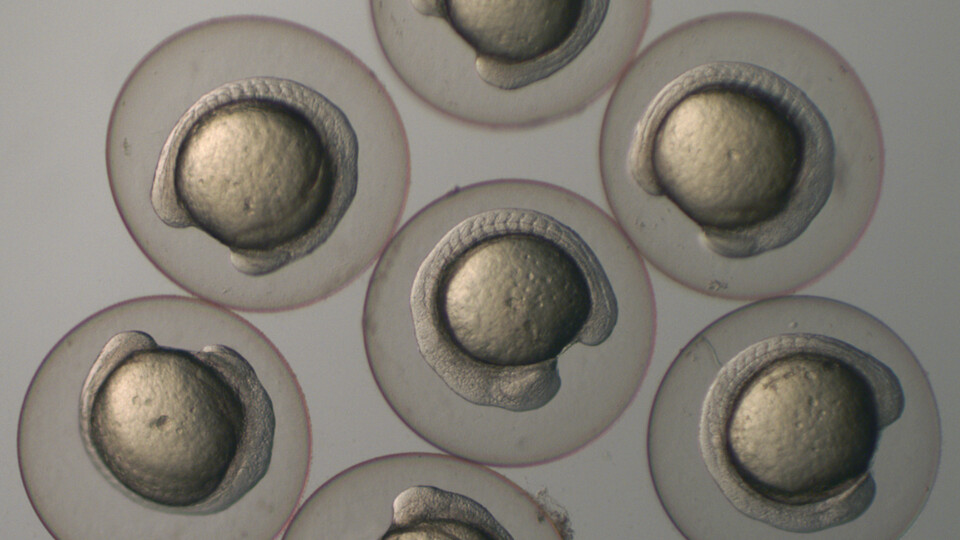
Our parents care for and provide for us when we are children. As we grow, they gradually hand over the responsibilities needed to live as independent adults to their offspring. Much earlier in our development, and at a molecular level, it is also the mother who ensures that the cellular processes of early embryos work properly. When a zygote forms after fertilization much of its protein and RNA content, which guides the initial steps in cell division and embryogenesis, is pre-existing material from the oocyte. During the MZT, the gene expression program is switched from the mother’s oocyte to the zygote, so that it produces all transcripts necessary to carry out its cellular functions independently. A deeper understanding of the transcriptional changes during this process has been hampered by technical limitations. Particularly, it has been difficult to distinguish between transcripts that are expressed by the zygote and those that have been deposited into the oocyte, a problem the scientists from the Max Perutz Labs and the IMP have now solved.
The Ameres lab has a long-standing expertise in RNA regulation and has teamed up with the Pauli lab at the IMP, which studies the oocyte-embryo transition in zebrafish. "Through discussions in our RNA club at the Vienna BioCenter and in our RNA special research program, we realized that we could use the SLAMseq technology developed by my lab to understand how gene expression is coordinated during the MZT from a temporal perspective," says Stefan Ameres. SLAMseq is a method to metabolically label RNAs and measure gene expression in a time resolved manner. The scientists have now applied SLAMseq in a living organism, work that was driven by PhD students Pooja Bhat and Luis E. Cabrera-Quio. The team was able to assess and distinguish the transcripts during MZT in zebrafish and measure how their composition changes over time. "We discovered that the gene products deposited by the mother and later re-expressed by the zygote are replenished with very different kinetics," explains Stefan Ameres. Genes that switch very quickly from maternal to zygotic expression include those that are particularly involved in gene regulatory functions, most likely to ensure sustained gene expression during this critical developmental step.
The discovery of specific transition kinetics immediately raises the question how this is implemented at a molecular level. In other words: How are genes regulated in a way that allows the rapid takeover of a zygotic gene expression program over the maternal pre-existing one? "We think that with our adapted method we will finally be able to address these questions", concludes Stefan Ameres.
Publication:
Pooja Bhat, Luis E. Cabrera-Quio, Veronika A. Herzog, Nina Fasching, Andrea Pauli, Stefan L. Ameres: SLAMseq resolves the kinetics of maternal and zygotic gene expression during early zebrafish embryogenesis. Cell Reports 2023
https://doi.org/10.1016/j.celrep.2023.112070